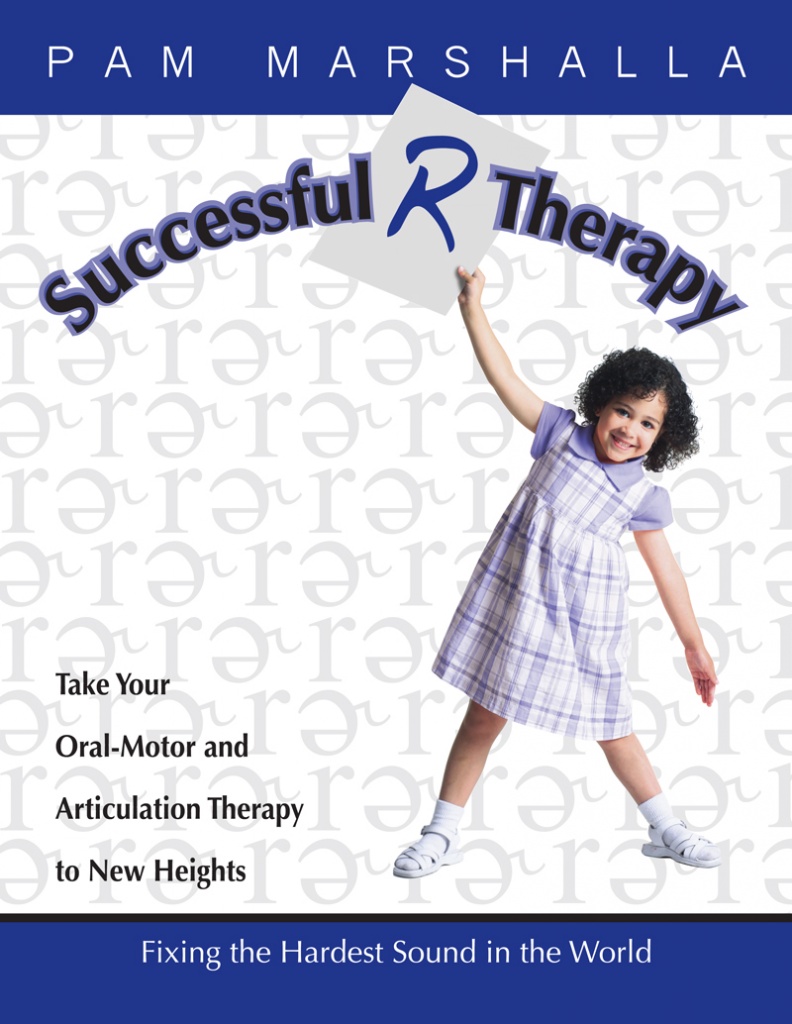This advice-column-style blog for SLPs was authored by Pam Marshalla from 2006 to 2015, the archives of which can be explored here. Use the extensive keywords list found in the right-hand column (on mobile: at the bottom of the page) to browse specific topics, or use the search feature to locate specific words or phrases throughout the entire blog.
Why Teach Tip R vs. Back R?
By Pam Marshalla
 Q: It seems that children have an easier time understanding the Tip R. However, I know therapists that teach the Back R and seem to like it. Which method do you have more success with and why?
Q: It seems that children have an easier time understanding the Tip R. However, I know therapists that teach the Back R and seem to like it. Which method do you have more success with and why?
In my book, Successful R Therapy, I state that the Tip R is much easier. It is easier to see, describe and understand. And it requires a more primitive movement pattern. Simply curling the tip up and back is something that babies do while vocalizing. I call it “Lerring” and have written about it in Apraxia Uncovered.
Stimulating a client to curl the tongue tip up and back toward the velum in this way is easy for any client with normal oral-motor development. I call it the “L-to-R Slide” in my book.
The Back R can be nearly impossible for some children to learn even when oral-motor skills are well developed, but especially if they have poor oral-motor skills. I always start with the Back R and if it works, I go with it. But if I can’t get the Back R in a few minutes, I switch to the Tip R. It is not worth the time and effort it takes to teach it.
Once a child gets a Tip R often, it will often mature into a Back R over time – over the course of a year or more.
